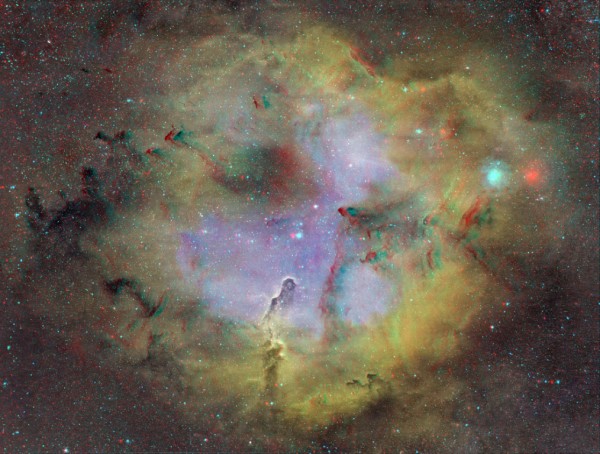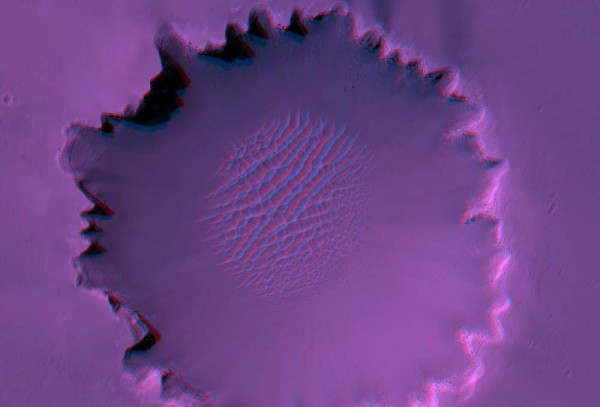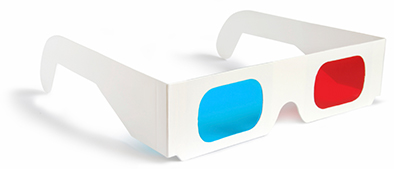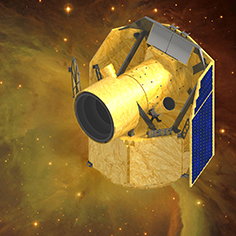The fascination of alien worlds – Welcome to the NCCR PlanetS

Swiss researchers of the NCCR Planets are working to unlock the secrets of alien worlds in and outside our solar system. On this website you will get an insight into their activities.
Exoplanets – alien worlds outside our Solar System
For millennia, people have looked up at the night sky and wondered about the stars and even speculated about the existence of other worlds. Today we know that our galaxy, the Milky Way, alone contains 100 billion stars – like our Sun. Some are larger, some smaller. Planets orbit their star just as the Earth orbits the Sun. Before 1995, the only planets we knew were those in our Solar System: Mercury, Venus, Earth, Mars, Jupiter, Saturn, Uranus, and Neptune. Since the discovery of the planet 51 Pegasi b, we know that many other stars have planets as well. Planets outside our Solar System are called extrasolar planets, or exoplanets. Researchers have already discovered over 2,000 exoplanets orbiting stars in just a small part of our Galaxy. This implies that the number of planets in the Milky Way must be very large.
51 Pegasi b – discovered in 1995 by Swiss astronomers
Two Swiss astronomers, Michel Mayor and Didier Queloz, announced the discovery of the first exoplanet orbiting a Sun-like star on 6 October 1995. The planet is called 51 Pegasi b. It orbits star number 51 in the constellation Pegasus. The planet cannot be seen directly because it is too far away and it is too dim compared to its host star. It was discovered using an indirect method – measuring the tiny wobble of the star induced by the presence of the planet. Some other exoplanets can be detected by the mini-eclipse they cause when they pass in front of their star.
Planets – Swiss research at the forefront
From the beginning Swiss universities have been key contributors towards exoplanet science. In 2014, the Swiss National Science Foundation launched the NCCR PlanetS to further promote discovery in this important field. Led by the Universities of Bern and Geneva, including the two ETHs in Zurich and Lausanne and the University of Zurich, the goal of PlanetS is to determine how planets form as well as their physical and chemical properties defining where life might be possible. This requires laboratory studies of meteorites, the exploration of the solar system, astronomical observations from the ground and from space, as well as the developments of models of planet formation and evolution.
Video clips
The 3D pictures from the pillar
Have a look at the 3D pictures you can find on the pillar:
 Click on picture to enlarge
Click on picture to enlarge
The nebula IC 1396A a concentration of interstellar gas and dust. It is thought to be a site of star formation. The nebula is located in the constellation Cepheus and is approximately 2,400 light years from Earth.
 Click on picture to enlarge
Click on picture to enlarge
The Victoria Crater on the planet Mars, photographed by the spacecraft Mars Reconnaissance Orbiter, is 730 meters wide and 70 meters deep. The Mars Rover Opportunity has examined the crater at close range.

To view the 3D pictures at home please use common 3D glasses.
Learn more about the space telescope CHEOPS







